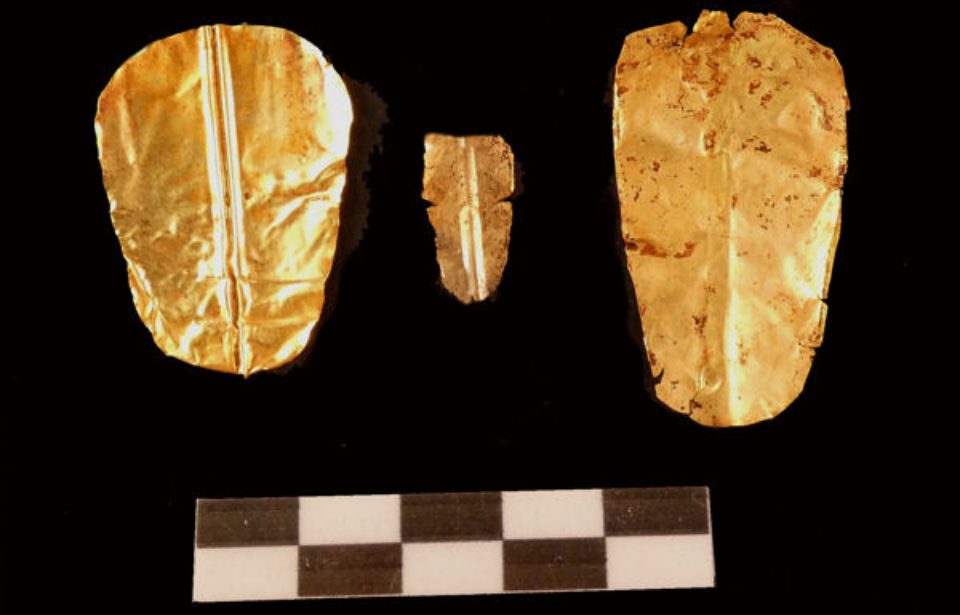Archaeologists with the University of Barcelona have uncovered two tombs dating back to the Saite Period, as well as others from the Roman era. What makes the latter find of particular interest is that the mummies within them were laid to rest with gold-leaf tongues.
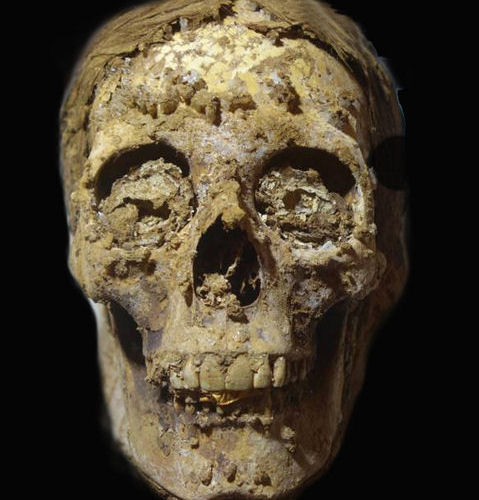
The excavations were led by researchers Esther Pons and Maite Mascort, who began their work at the site of the ancient city of Oxyrhynchus. Located in Middle Egypt, it was once the third-largest city in ancient Egypt, and today is considered one of the most important archaeological sites ever discovered.
Found at the site were two adjacent tombs. The first had already been picked through by looters, but still contained a female anthropomorphic stone sarcophagus. Within it were numerous earthenware tiles and a stone amulet. The second was still sealed, and contained a male anthropomorphic sarcophagus. Mummified remains were still enclosed within, along with various amulets, funerary paraphernalia, tiles and a heart beetle.
According to Mascort and Pons, the discovery was important because “a closed and sealed tomb from the Saida period with an architectural structure different from those found so far in the site has been located. In addition, as it is intact, it will allow us to get to know better the funeral rituals of this chronological period in Oxirrinc.”
Oxyrhynchus, also known as Oxirrinc, dates back to the 26th Dynasty, which was the last to rule Egypt before it was conquered by Achaemenid Persia in 525 B.C.
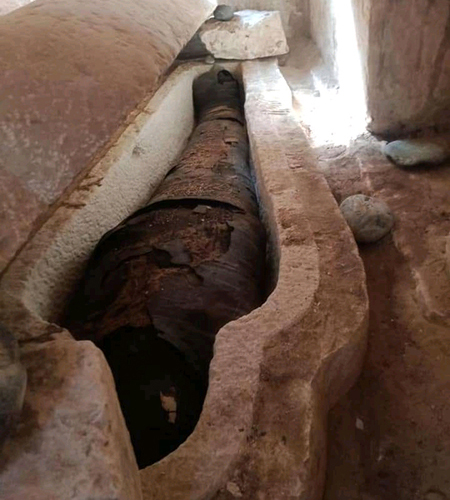
Recent excavations also uncovered other tombs, including eight from the Roman era. Along with containing funerary stele, clay seals, crosses and bronze coins, they also held the mummified remains of three individuals. The mummies were of varying condition, with one said to be in a relatively good state.
What made the find interesting is that all three had gold foil tongues in their mouths.
“Placing a golden tongue inside a mummy’s mouth has religious and funerary implications for ancient Egyptians,” said Dr. Hussein Abdel Basser, director of the Antiquities Museum at the Bibliotheca Alexandrina. “It is put there so that the mummy can spread when addressed in the other world.”
Dr. Basser also pointed out that the decision to use gold leaf was linked to the Egyptian sun god, Amun-Ra.
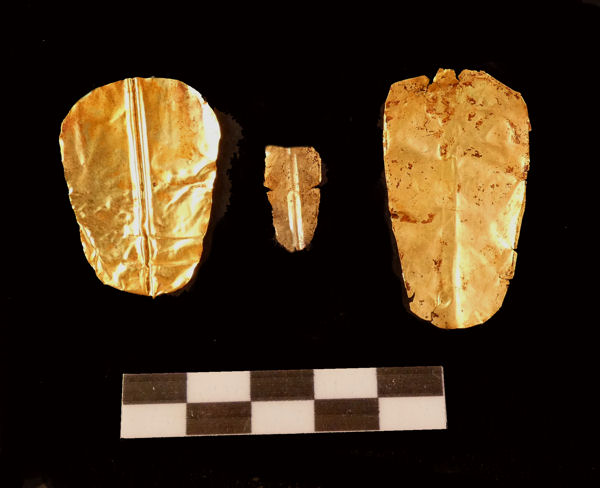
The discovery of the mummies follows one earlier this year at the Taposiris Magna site in Alexandria. The mummy uncovered during that excavation also dates back to the Roman era, when funeral practices ensured the dead would have a way to speak before the tribunal that would dictate if they would be granted eternal life.
A total of fourteen gold tongues have been found at Oxyrhynchus.
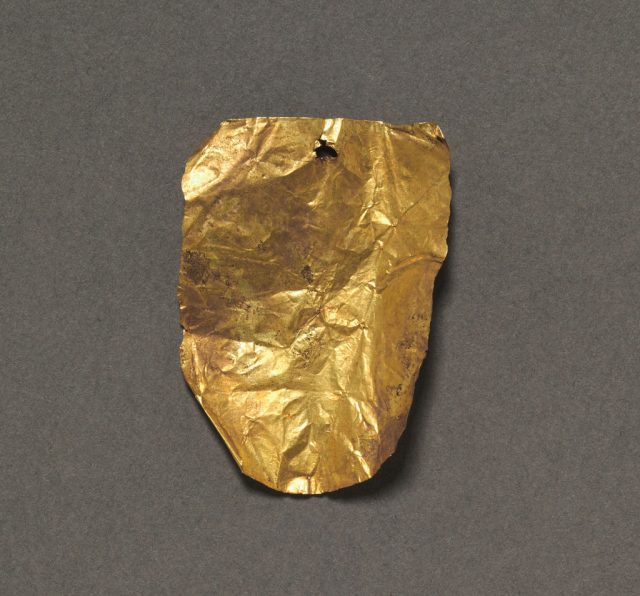
More from us: Mummy Sarcophagus Reveals 3,000-yr-old Painting of Egyptian Goddess
Oxyrhynchus has also garnered notoriety for the discovery of more than half a million papyrus fragments in the late 19th century. The fragments, believed to be from 50,000 different documents, are still being researched. Those that have since been identified include shopping lists, private correspondence and a contract to throw a wrestling match.
The latest excavations began on November 10, 2021 and are scheduled to end later this month.
